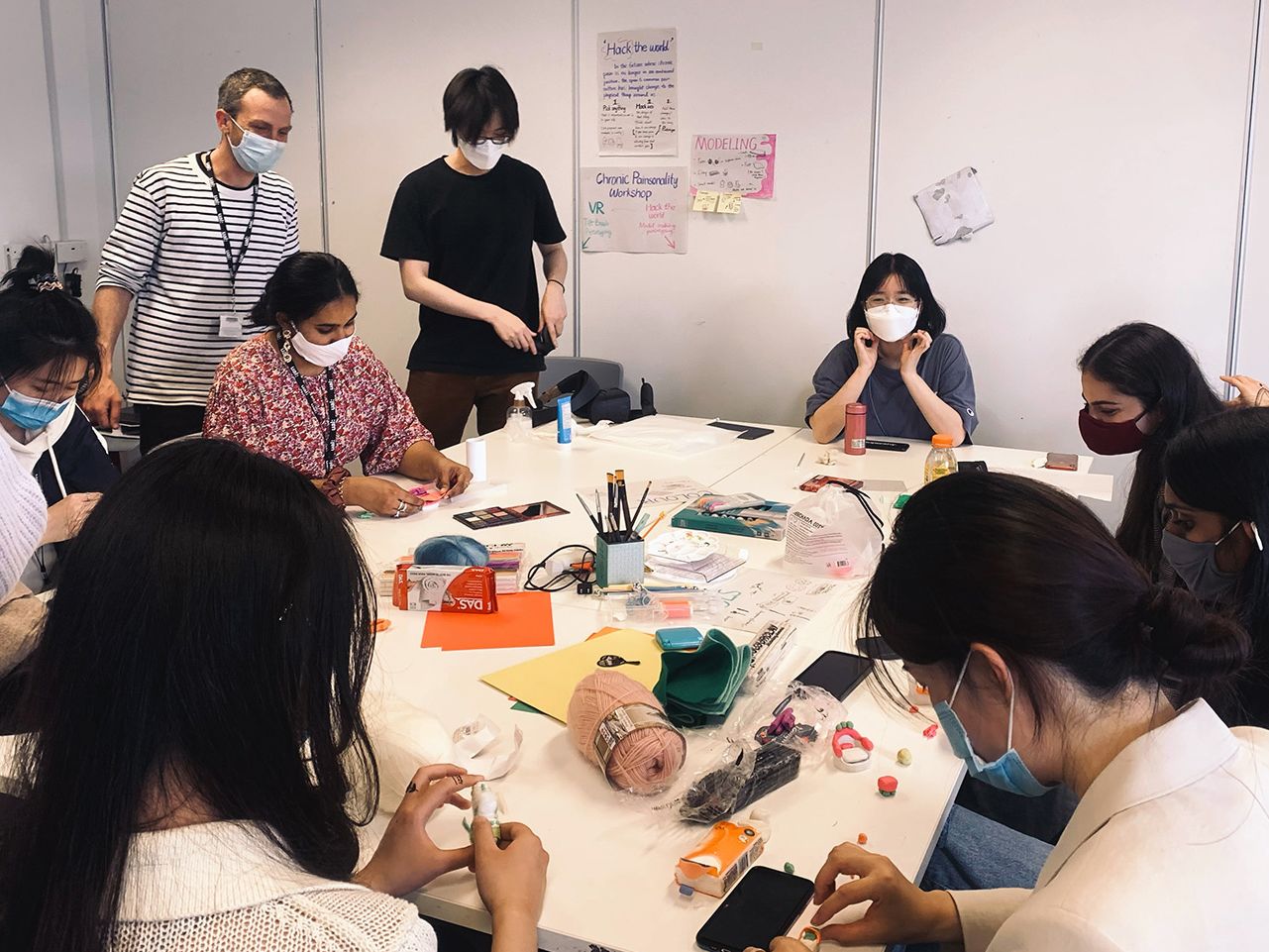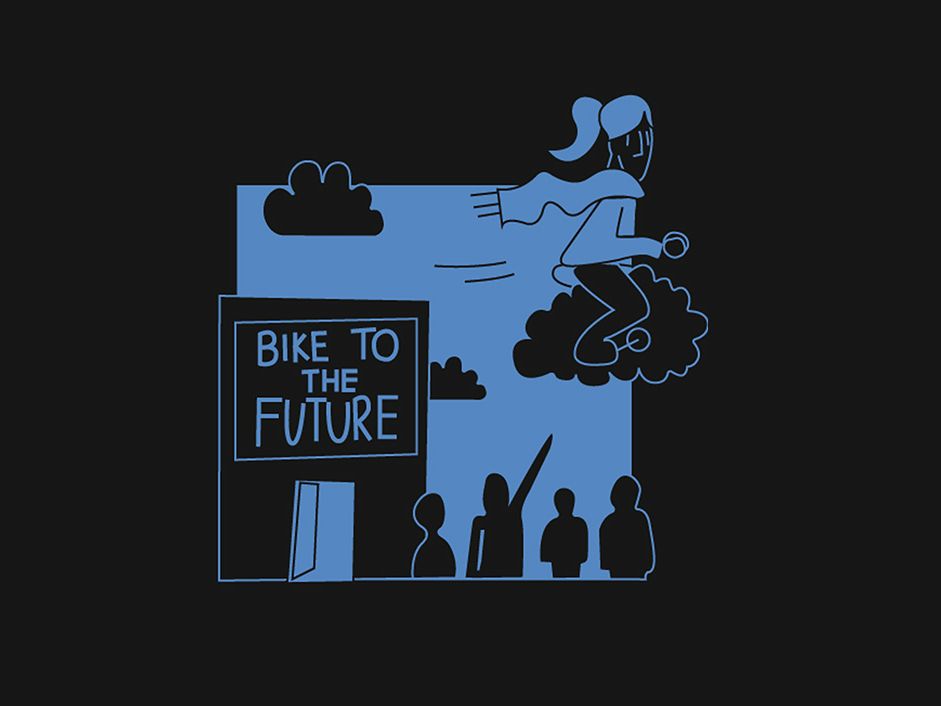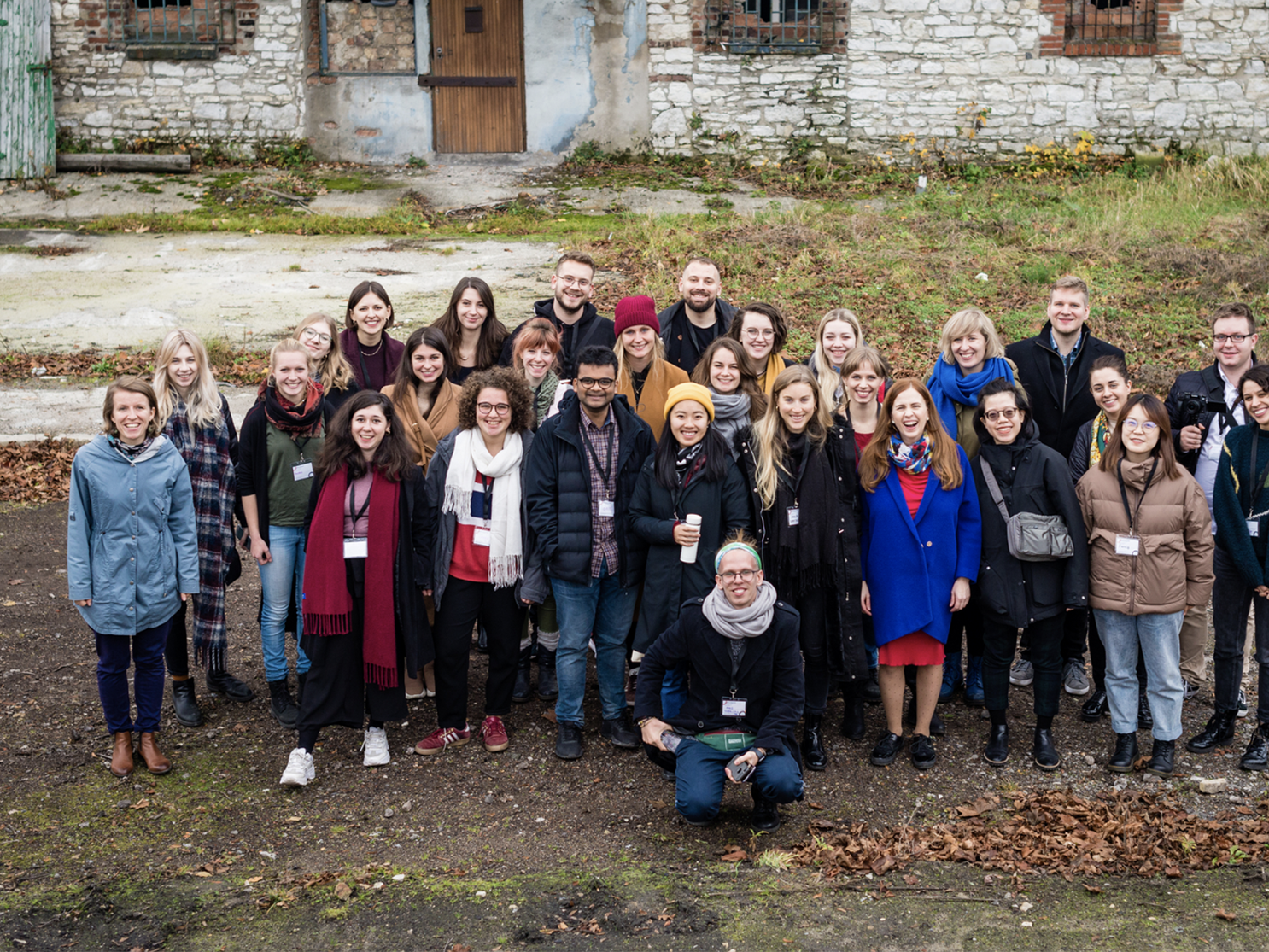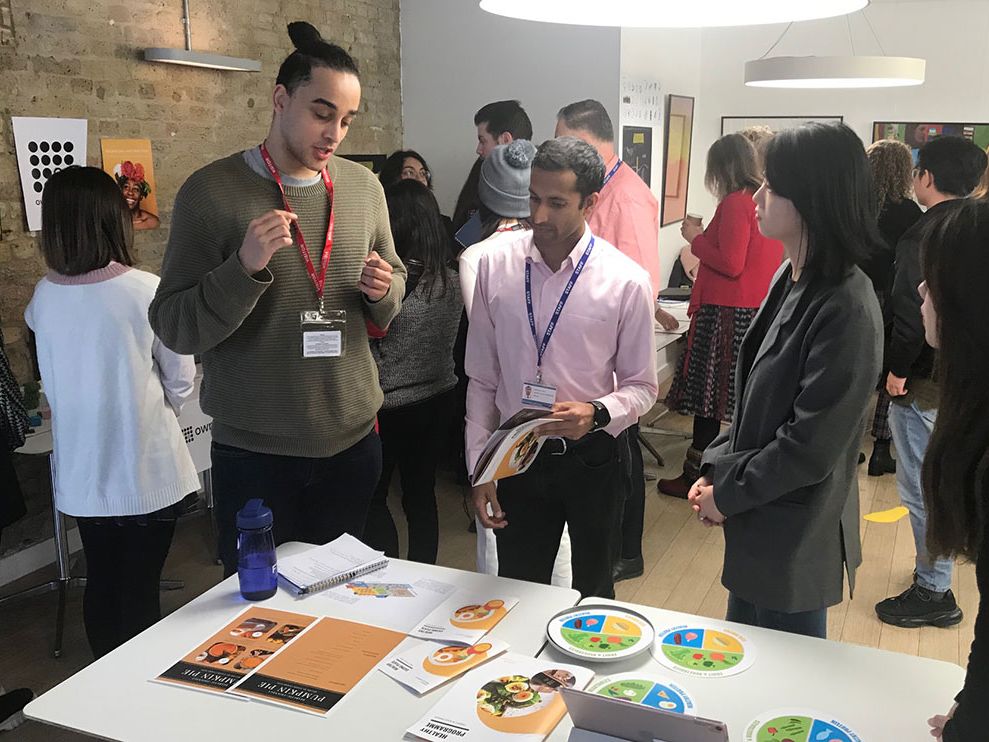
MA Design for Social Innovation and Sustainable Futures students imagine potential impact of marine pollution
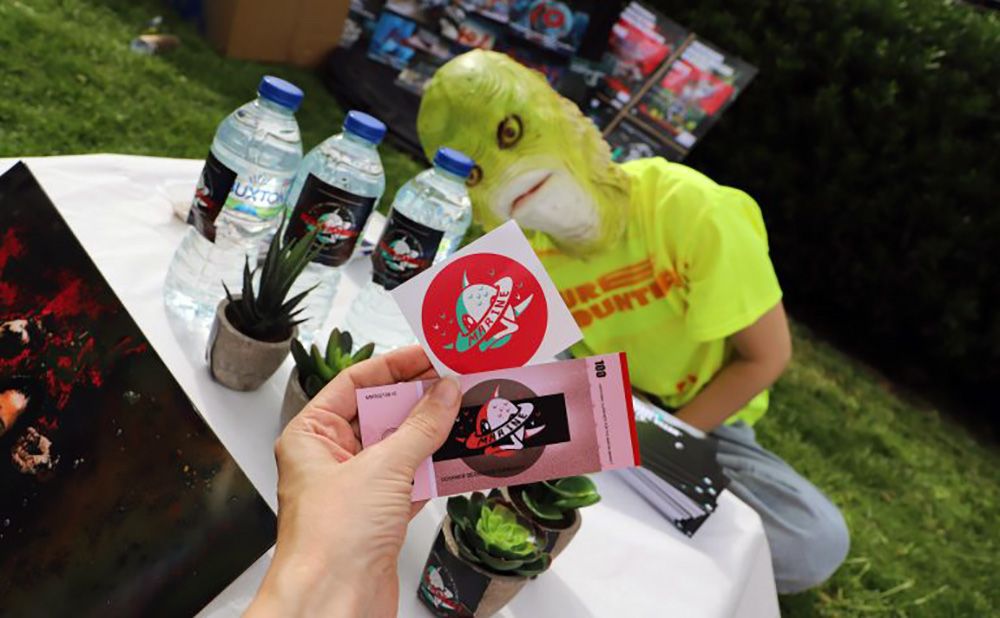
- Written byChloe Murphy
- Published date 26 August 2021

The Design School at London College of Communication (LCC) focuses on driving strategic change, shaping positive futures and producing cultural value. Staff and students build on traditional practice through experimentation, analysis and innovation while thinking about the ways that design can make an impact on the wider world.
Our MA Design for Social Innovation and Sustainable Futures course shares this ethos by emphasising the importance of collective action, innovative practice, plurality and real-world change. Established as a collaborative studio for creatives who are interested in working with complex global issues, it explores the future of design while considering its interdependency with broader humanitarian and ecological concerns. These range across areas such as materiality, empathy and ethics to responsibility and the environment, as well as broader socio-cultural, economic and political factors.
As part of their Co-Design for Sustainable Futures unit, students were recently asked to consider how some of the major challenges facing today’s world may grow, evolve and shift over time. They worked in small groups to conduct background research into their chosen topic before developing creative ways of communicating its potential impact to external audiences.
Jessy Ji and Jing Li decided to investigate the issue of marine pollution in their project, Welcome to the Future Ocean. Developing a world narrative through a series of visual objects, models and costumes, they hypothesised a world 1000 years into the future where environmental changes have led to genetic mutations and the emergence of a new creature – the ‘murloc’ – who has overtaken the place of humanity at the top of our social hierarchy.
By drawing together themes around displacement, prejudice and environmental catastrophe, their work aims to inspire audiences to learn more about marine conservation, alongside the biases of many longstanding social frameworks.
We caught up with Jessy and Jing to discuss their creative process, collaborating with expert advisers, and the importance of bringing design thinking to a range of diverse disciplines.

Why did you decide to apply to MA Design for Social Innovation and Sustainable Futures at LCC?
Jessy: I wanted to study the boundaries of design at graduate level in combination with other social, humanities-based, natural and scientific disciplines. I think that sustainable design is not only embodied in a product, but integrated into our systems and lives, so I wanted to explore the issue further based on the design knowledge I’d already learned.
My undergraduate degree is in integrated and innovative design, and I’m more inclined towards user experience (UX) and service design. The work I’ve done before has tended to involve commercial projects in cooperation with companies, but this course is more human-centered. I think that as designers, we must not only consider commercial interests, but also have a sense of social responsibility.
Jing: My undergraduate major was in microbial engineering, so a lot of my research was actually organic in nature and biased towards sustainable environmental protection, such as cultivating bacterial strains to swallow oil spilled in the sea. I’m also very interested in public welfare, so I searched for content related to the main themes of MA Design for Social Innovation and Sustainable Futures before applying.
I found that sustainable futures design actually focuses more on sustainability, so it’s never a separate product output, nor an improvement of a single link, but more focused on the whole. For this reason, I agree that this subject needs to be merged with other majors to make the outputs more practical, so I chose to enrol on this course. I’ve enjoyed integrating the content and design of my undergraduate studies during my postgraduate period.

What inspired the idea for your project?
Jessy: We wanted to think about the future through our current reality.
I grew up in a coastal city in China, and my team member Jing has both a microbiological background and a certain degree of research on marine pollution, so we set our theme as ocean pollution and protection.
The Japanese government recently announced that it would discharge nuclear wastewater into the sea in 2023, which caused an uproar in China. We used this news to consider other nuclear discharge and marine pollution incidents as activists and designers, and aimed to imagine the future relationship between the ocean and humankind.
Who did you collaborate with to develop your initial ideas, and what did you hope to achieve?
We found stakeholders related to our theme and worked with them to think about the relationship between humans and the ocean - specifically around the ocean being continuously destroyed - and to imagine the future between them. We co-operated with PhD students in biochemistry and molecular biology, experts in marine biology, and ordinary people from other professional backgrounds.
First of all, we worked with people who had PhDs in biochemistry and molecular biology to study the impact of nuclear wastewater discharge on marine life. We asked them why it isn’t recommended to discharge nuclear wastewater, and what the consequences of doing so could be.
Then, we collaborated with marine biology experts to discuss the potential characteristics of the future world's sea creatures after evolution, the current state of the ocean, and how we as humans can protect its ecosystem.
After that, we communicated with contacts in other professions to find out how ordinary people without professional knowledge felt about Japan's decision, and how they thought the world could change as a result.
All of these collaborations made our project design more realistic and scientifically based. We hoped to bring the audience a more ‘real’ feeling, and trigger them to think more about their own roles in the issue.

After researching your topic, how did you ideate the idea further?
After the interviews and co-design process, experts helped us to narrow down our theme very well because they used a very scientific way to reasonably speculate about the future, which was of great help to us.
We then carried out our own design presentation process, including extracting visual elements, visual experiments, exhibition plans and so on. In the meantime, mutual discussions with other students also stimulated the promotion of our work.
Because the project itself was relatively broad, there were many things that needed to be prepared - but as our group members have different backgrounds, our communication was very complementary. We also often asked our tutors for their opinions, and Anna, Gabriel, and Freyja all gave us good suggestions which helped us to explore and enrich our design process.
What were your highlights of taking part in the collaborative project?
We think that there were 2 main highlights of our project:
One is that we actually contacted relevant professional experts to help us co-design during the research process. Therefore, our project output was very well-founded, so our ideas were supported theoretically.
The second is that we adopted interactive performance when we exhibited our project on-site. This was supplemented by various peripheral objects that we designed ourselves such as coins, logos and stickers which helped our audience to better immerse themselves in the exhibition process.
We believe that a deeper experience of exploring the potential exchange of marine life and humanity in our future society will lead people to think about the subject more deeply.
Related links:
- Read more about Welcome to the Future Ocean on the course blog.
- Find out more about MA Design for Social Innovation and Sustainable Futures at London College of Communication.
- Explore the work of our Design School.
